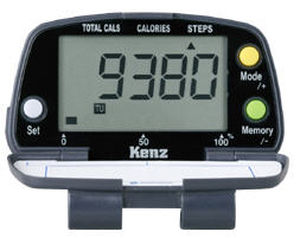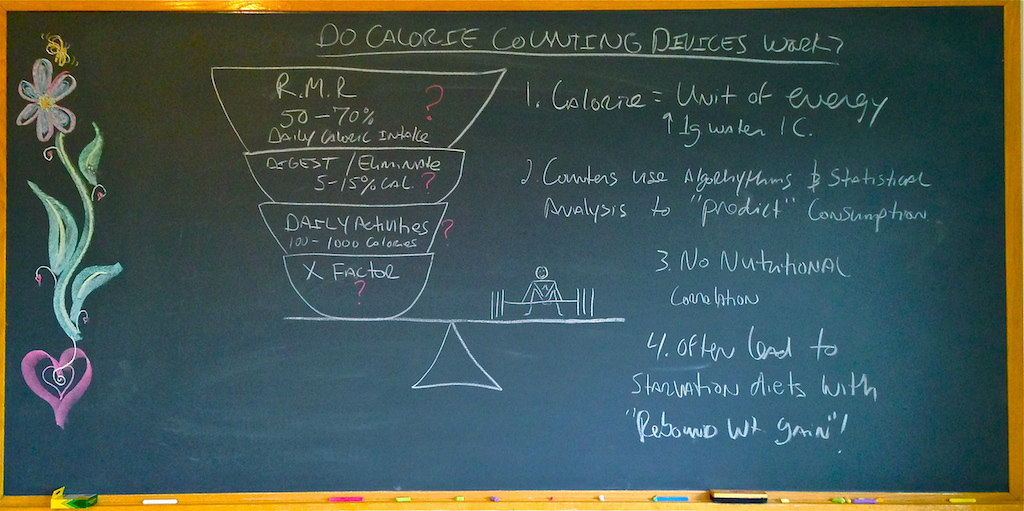


Different bodies absorb and burn calories differently (and, obviously, need more than just calories). Your body needs specific things that other bodies don’t,” says Kerry O’Grady, national wellness liaison with the National Eating Disorders Association. “People need to understand that these calorie counters are built on algorithms, and your body is not an algorithm. And the many health benefits of exercise are not reflected in just one number. We know, for example, that the nutritional value of food goes far beyond simply an estimate of how many calories you might absorb from it. Needless to say, our understanding of the human body has advanced a lot since 1918. That came about in 1918, when doctor and newspaper columnist Lulu Hunt Peters put out a book called Diet and Health: with Key to the Calories. However, calorie counting for weight loss didn’t become popular until a couple decades later. So if these numbers are essentially meaningless, how did we come to accept them as a standard? And why do they have such staying power over seemingly every new piece of fit tech launched?

However, they are closer than calorie burn estimates: The Food and Drug Administration only allows inaccuracies of up to 20 percent. The food labels that tell you how many calories are in packaged foods? Those are seriously unreliable, too, because they rely on averages that don’t actually take into account how our bodies digest different foods. This won’t come as a surprise to anyone who knows the truth about calorie counts. Rena Eleázar, DPT, Rena Eleázar, DPT, is a physical therapist, sports performance coach, and competitive weightlifter.Lauren Pak, Lauren Pak is a personal trainer.Kerry O'Grady, Kerry O’Grady is a national wellness liaison with the National Eating Disorders Association.Jessi Haggerty, RDN, Jessi Haggerty, RDN, is a dietician, certified intuitive eating counselor, and personal trainer.


 0 kommentar(er)
0 kommentar(er)
